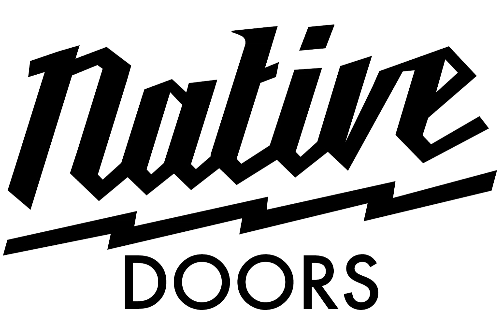Pros and Cons of Casement Windows

When it comes to choosing windows for your home, there are countless options to consider — from double-hung and sliding windows to picture and awning styles. Among them, casement windows stand out for their functionality, design, and energy efficiency. Hinged at the side and opening outward like a door, casement windows are operated with a crank and are a popular choice for many homeowners.
But like any window type, casement windows come with both advantages and drawbacks. In this article, we’ll explore the pros and cons of casement windows to help you determine if they’re the right fit for your home.
What Are Casement Windows?
Casement windows are hinged on one side and open outward to the left or right using a hand crank. Unlike sliding or double-hung windows, casements open fully, allowing maximum airflow and clear views. They’re often used in areas where ventilation is a priority — like kitchens and bathrooms — or where the window might be hard to reach.
Pros of Casement Windows
1. Excellent Ventilation
One of the biggest benefits of casement windows is their ability to provide unmatched ventilation. Since they open fully outward, they can catch side breezes and direct airflow into the home more effectively than many other window styles. This makes them perfect for rooms that need quick and efficient fresh air, such as bathrooms or over a kitchen sink.
2. Superior Energy Efficiency
Casement windows typically offer better energy efficiency than sliding or double-hung windows. When closed, the sash presses tightly against the frame, forming a firm seal that reduces drafts. High-quality casement windows with insulated glass and weatherstripping help keep your indoor temperature stable, reducing heating and cooling costs.
3. Unobstructed Views
With no horizontal or vertical bars in the middle, casement windows offer clean, uninterrupted views of the outside. This makes them ideal for scenic areas, such as facing a garden, yard, or landscape. The open design also allows more natural light to enter the room.
4. Enhanced Security
Casement windows are among the most secure window types. Since the crank mechanism locks from the inside and the sash fits tightly into the frame, they are more difficult to force open from the outside compared to sliding windows. Some models also include multi-point locking systems for added protection.
5. Easy Operation
Thanks to the crank handle, casement windows are easy to open and close, even in hard-to-reach areas like above the kitchen sink or behind a large bathtub. This makes them a good option for elderly homeowners or anyone with limited mobility.
Cons of Casement Windows
1. Limited Size Options
Casement windows are generally not ideal for very large openings, as the sash becomes heavy and harder to support the wider it gets. For wide window spaces, picture or sliding windows might be more appropriate. If you want the look of a large casement window, you'll likely need to use multiple units side by side.
2. Prone to Mechanical Issues
The crank mechanism that makes casement windows so easy to use can also be a point of failure. Over time, the crank or hinges may wear out or become difficult to operate, especially if exposed to moisture or heavy use. Regular maintenance is needed to keep them in good condition.
3. Exterior Clearance Required
Because casement windows open outward, they require clear exterior space. This can be an issue if your windows are near walkways, patios, or bushes. If the outside area is obstructed, it may prevent the window from opening fully or safely.
4. Susceptible to Wind Damage
In high-wind conditions, casement windows can act like sails if left open. Strong gusts can damage the hinges or frame, or even rip the window out entirely. For this reason, it’s important to close and lock casement windows during storms or strong winds.
5. Cleaning Can Be Challenging
Depending on the window placement, cleaning the exterior side of casement windows can be tricky — especially on upper floors. Some newer models offer features that allow the sash to pivot inward, but not all designs have this functionality.
Are Casement Windows Right for Your Home?
Choosing casement windows comes down to your specific needs and preferences. Here’s a quick summary to help you decide:
|
Pros |
Cons |
|
Excellent ventilation |
Can’t be used in very wide openings |
|
Superior energy efficiency |
Crank mechanism may need repairs |
|
Unobstructed views |
Needs clear outdoor space to open |
|
Enhanced security |
Risk of wind damage if left open |
|
Easy to operate |
Exterior cleaning may be difficult |
If you value airflow, energy savings, and a modern appearance, casement windows are an excellent option. Just keep in mind the potential downsides, especially if you live in a windy area or have landscaping close to your home.
Final Thoughts
Casement windows are a smart and stylish choice for many homes. They blend functionality with elegance, offering strong security and energy efficiency. However, they do require some consideration when it comes to placement, maintenance, and climate.
Before making your final decision, consult a professional window installer to assess your home’s layout, ventilation needs, and budget. With the right design and proper installation, casement windows can be a beautiful and practical addition to any home.



